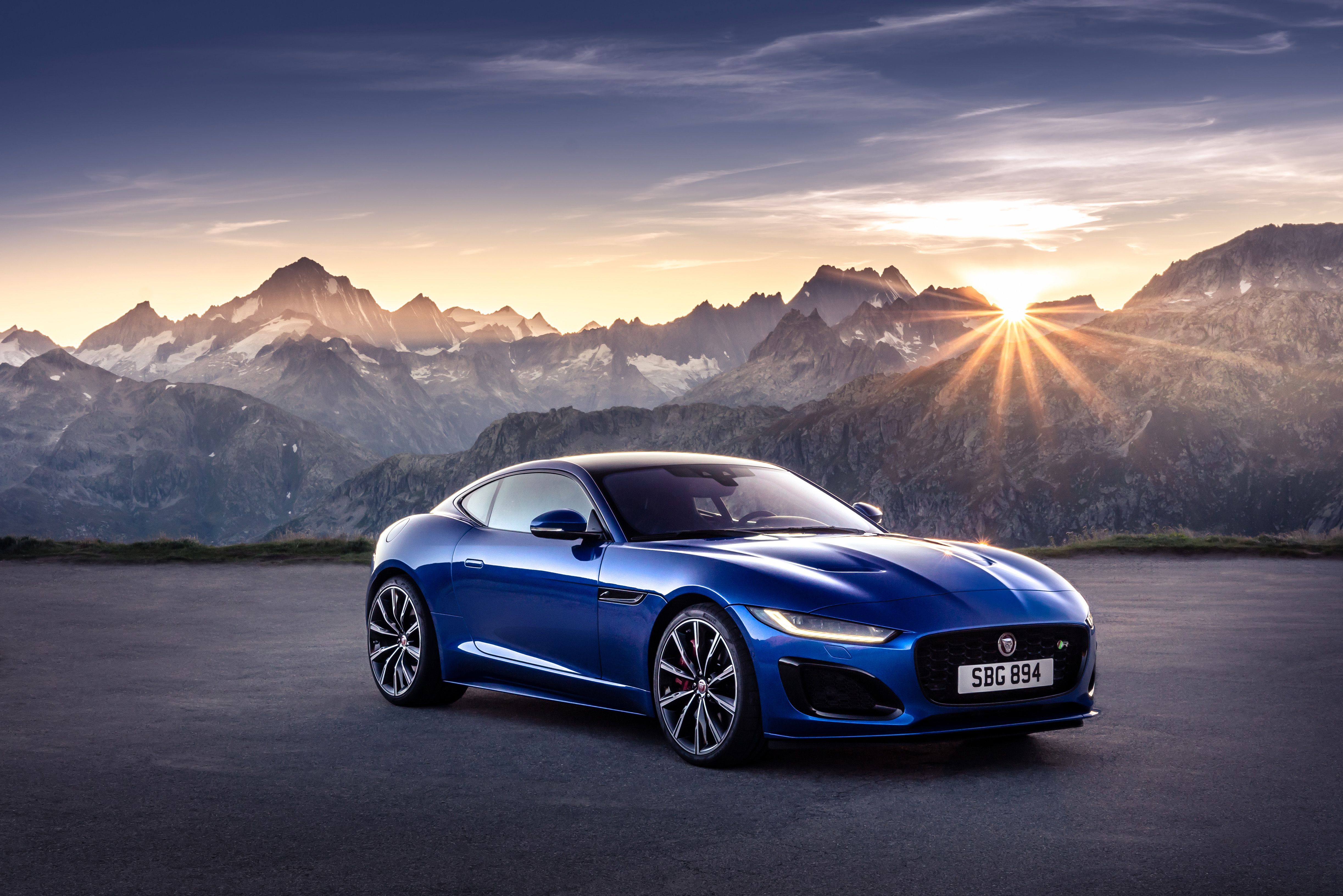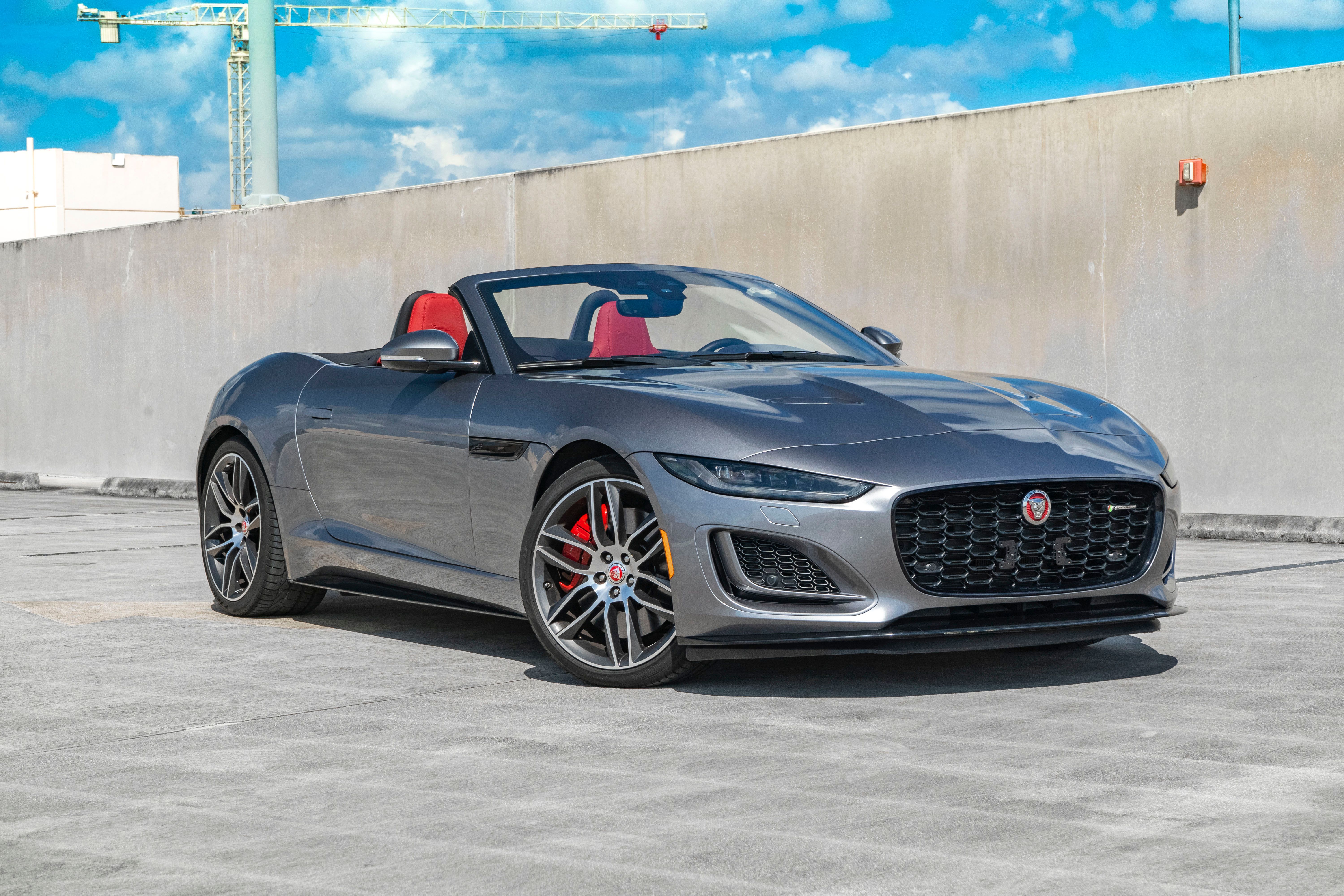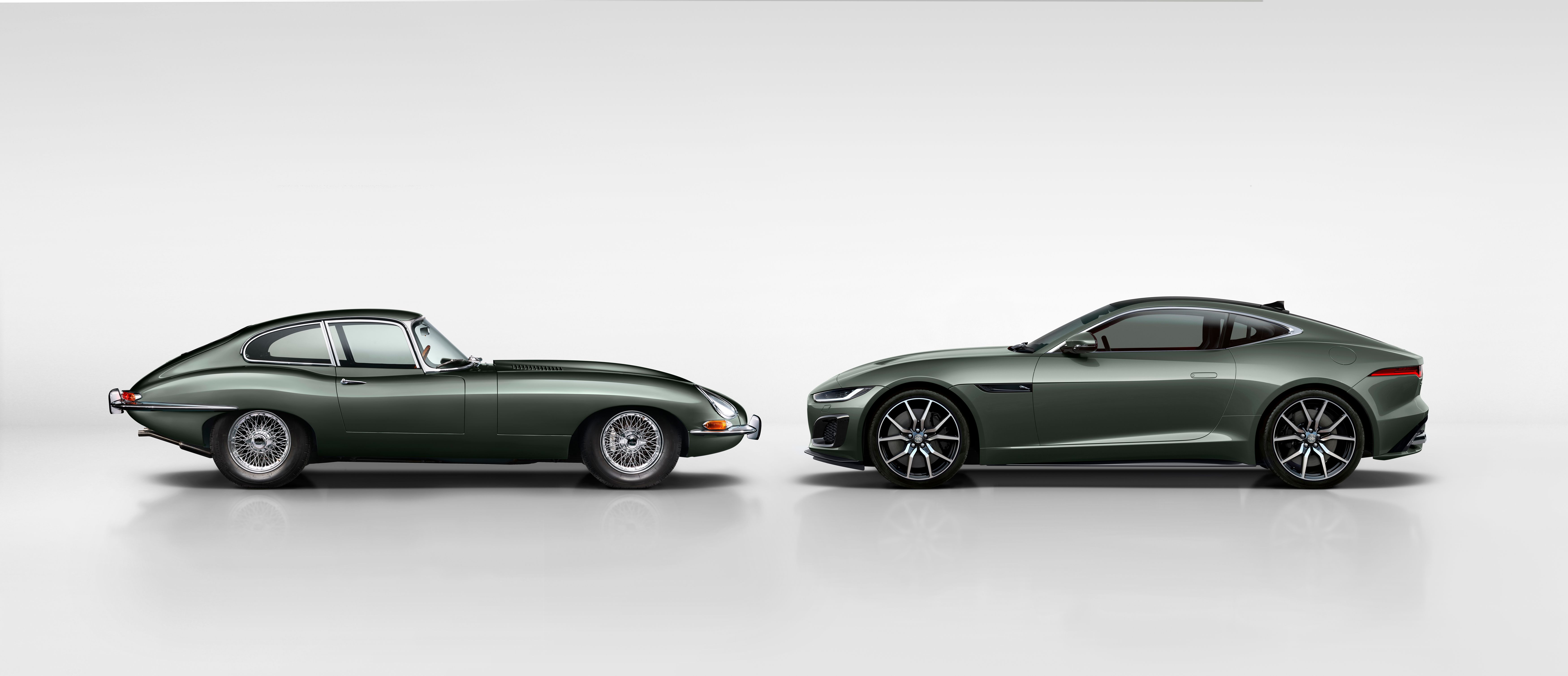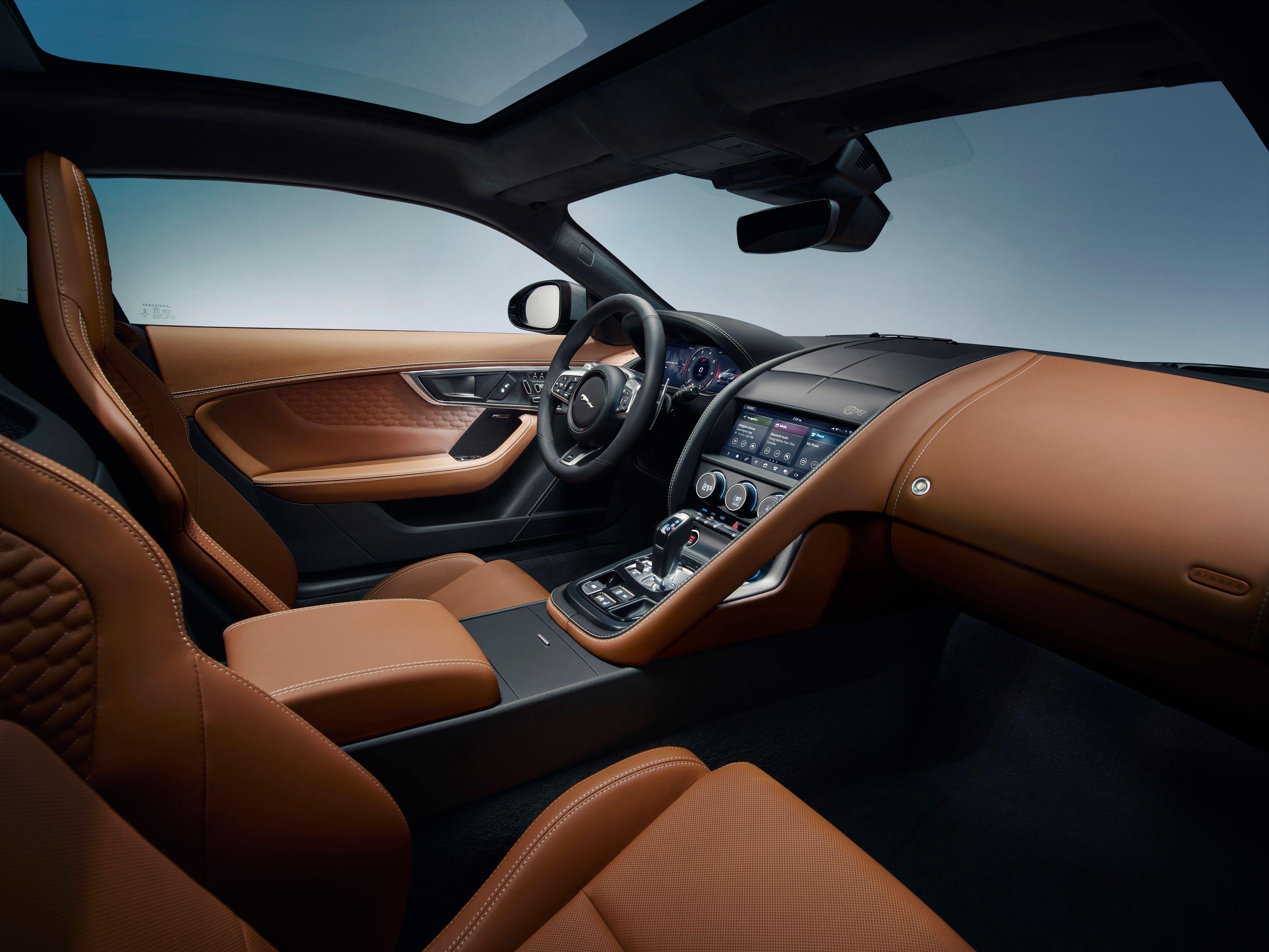The Jaguar F-Type has been around for the better part of a decade, which in the world of sports cars is, more or less, an eternity. The British, luxury, sports coupe has been around since 2013, but it underwent a significant facelift in 2019. The spiritual successor to the legendary, Jaguar E-Type is still on sale, but with its direct competitors having already moved to newer platforms, the two-seater “Jag” remains the only old-school sports car in its segment. Here’s why that’s a good thing.
Unadulterated V-8 power
Sadly, the ever-stringent emissions regulations mean that the days of big V-8 engines are numbered, at least in non-hybrid form. If you need proof, look no further than the new Mercedes AMG C63, which swapped the twin-turbo V-8 for a turbocharged, inline-four, hybrid powertrain. When it debuted back in 2013, the F-Type was offered with a variety of supercharged V-6 and V-8 engines, later joined by a turbocharged, inline-four unit, which is now the model’s base engine.
While the Jaguar F-Type certainly instills a note of sophistication, it is also a bit of a ruffian. Most of the credit goes to the 5.0-liter, supercharged V-8, which in one form or another, has been powering Jaguar models since the early 2000s. No longer present in naturally aspirated guise, the V-8 produces anywhere from 450 to 575 horsepower (335 to 429 kilowatts) and up to 516 pound-feet (700 Nm).
This allows the V-8-powered F-Type to sprint to 60 mph (97 km/h) in 3.5 seconds. This was possible, due in no small part, to all-wheel drive and the ZF, eight-speed automatic. With its 575 horsepower, the F-Type R is the most powerful, road-going car, Jaguar had ever built, second only to the highly-exclusive XE SV Project 8, which packs a 600-horsepower (447-kilowatt) version of the same V-8.
The F-Type Was Not Built to Break Records
Most modern, high-performance vehicles are all about the Nurburgring lap time, the 0 to 60 mph (97 km/h) sprint, or lateral acceleration. The Jaguar F-Type does not care about any of it, and it is all better off because of that. The two-seater Jag may look way more compact and sportier than the Jaguar XK it replaces, but it actually sits on a modified version of the same chassis.
With that said, the F-Type is a sporty grand tourer and not an all-out track weapon, which is why the expensive, carbon-ceramic brake option makes little to no sense as that’s the only place where you could appreciate the dedicated hardware. Also, the electronic rear differential the V-8 F-Type comes with is prone to overheating when used on a track, which is another hint at the car’s true purpose – to be driven at 8/10s on beautiful, winding roads. The suspension setting is on the softer side too, although, in sport mode, there is a noticeable difference. Still, it is not a Porsche 911 GT3.
Neo-Retro Design at its Finest
When the Jaguar F-Type was introduced in 2013, it made it very clear that it is a spiritual successor to the 1960s Jaguar E-Type. The 2019 facelift deviated slightly, with a modernized front fascia and a narrow-headlight design. While most of the E-Type-inspired design cues remain, the biggest one is the clamshell front hood (bonnet), which opens backward. While the piece isn’t as substantial as the one on the 1960s classic, it’s a neat homage nonetheless.
The F-Type Isn't Cutting Edge
The Jaguar F-Type’s age is most apparent once you step inside the snug, but stylish interior. More specifically, the infotainment system, while decent, is not as good as the one you would find in Porsche or BMW’s offerings. The F-Type may come with all the driver aids you would expect from a high-performance, luxury sports car, but it was a bit late to the party, especially when it comes to features like adaptive cruise control, which became standard after 2020.
With that said, the F-Type lacks some of the complicated tech seen in other performance luxury vehicles like rear-wheel steering, as offered in the Porsche 911. Like all modern, all-wheel-drive-equipped sports cars, the F-Type comes with torque vectoring. However, is executed by means of braking rather than through the differential, which is considered to be the inferior system.
Unadulterated Soundtrack
Most will agree that the strict emissions and noise regulations have deprived us of some of the most exciting aspects of having a large-displacement engine – the sheer noise. Devices like petrol-particulate filters (PPF) and soft limiters have resulted in muted and vacuum-like noise that comes out the tailpipes of most modern sports cars. But in times of strict regulations, the Jaguar F-Type stands defiant as it barks, crackles, and snarls at any given opportunity, especially in V-8 guise. With Aston Martin's internal-combustion models heading for extinction, the F-Type is the last bastion of old-school, British rock'n roll on wheels.






